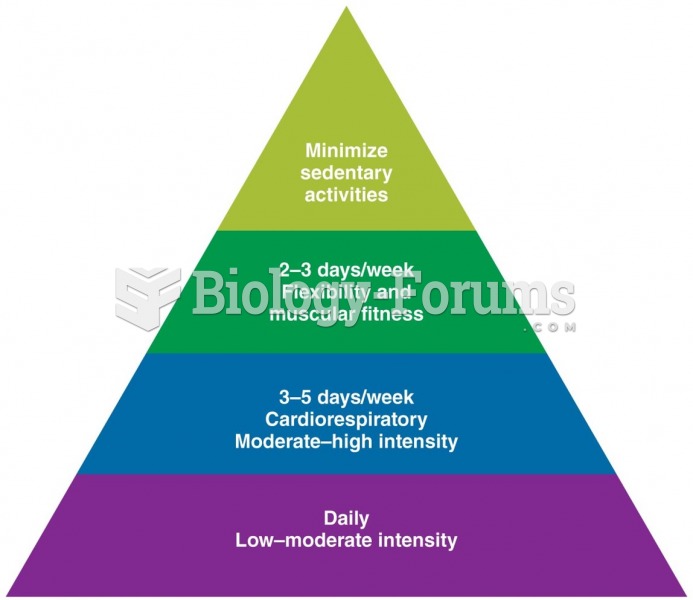Answer to Question 1
- Everything about the man marks him as thoroughly unpleasant and off-putting. There are repeated references to his obesity and general physical grossness. He smells of liquor in the middle of a weekday afternoon, and is apparently a habitual drunk driver. He is indifferent to the injuries he has inflicted on the man he hit with his car and shows no human sympathy for the death of Newhouse, or even any interest in it except insofar as it affects the outcome of his upcoming court appearance. All he cares about is himself and his gratifications, and he seems accustomed to being able to pay his way out of any consequences of his careless behavior. His clothing and his rings show that he is gaudy and tasteless although, in the total scheme of things, being concerned about this is a little like objecting to Hitler because of his terrible table manners. The only thing that might possibly be said in his favor is that he is unhypocritically candid about his drinking.
In all likelihood, his utter contemptibility will make readers wonder if he is somehow more involved in Newhouses death than his lawyer is suggesting. When his story turns out to be true, it is an implicit reminder that a careful investigator is not swayed by appearances or impressions, but instead dispassionately examines the facts of a case to arrive at the correct solution.
Answer to Question 2
- In the end, when we are told her head cleared for an instant, the grandmother becomes newly perceptive. She revealsand offers to The Misfither vast, compassionate heart. When she declares, Why youre one of my babies. Youre one of my own children (par. 136), she is notas some students have suggestedrecognizin g The Misfit as a bastard son who she didnt know existed; she here accepts responsibility for him joined to him by ties of kinship which have their roots deeply in the mystery she has merely been prattling about so far (OConnor, On Her Own Work). We have no reason to doubt The Misfits shrewd remark, She would of been a good woman . . . if it had been somebody there to shoot her every minute of her life (par. 140), meaning that it took an act of violence to push her toward this moment of grace.
In OConnors Catholic worldview, The Misfit has perhaps, ironically, actually done the grandmother a favor. She has been redeemed and is headed straight to heaven for her final Christ-like act of love the moment before she dies. She realizes that there is a chance that The Misfit will repent, and she reaches out to him lovingly, as though he were a child. By this time, she already knows that The Misfits gang has murdered her son and daughter-in-law and all the children. The Misfit may be a ruthless murderer, but that doesnt prevent her from loving him and hoping for his redemption. Symbolically, in death the old womans body lies with legs crossed, a look of sweetness on her face. The Misfit, naturally, is glum, having just declined a chance for his own salvation.






